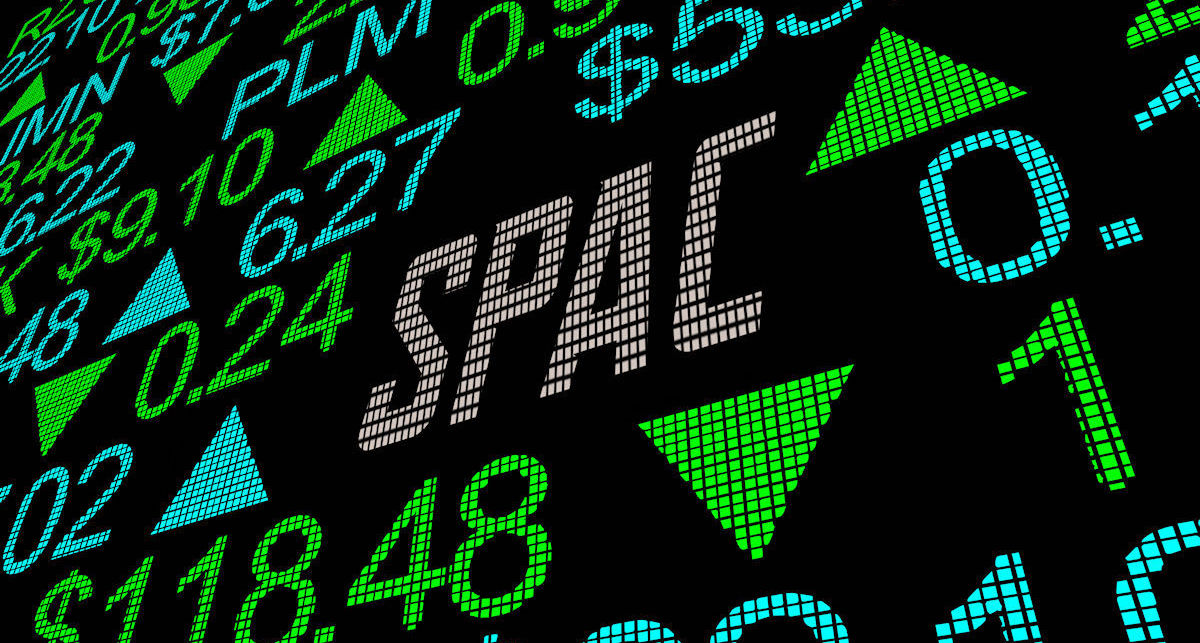Earlier in April, ride-hailing giant Grab announced that it is set to go public in the US through a special purpose acquisition company (SPAC) merger with Altimeter Growth Corp. with a valuation of close to US$40 billion.
This will be the largest SPAC deal and also the largest US equity offering by a company from Southeast Asia.
Last month, it was reported that Singapore-based marketplace Carousell is considering a US listing via a merger with a blank-cheque company, according to people with knowledge of the matter.
The startup is allegedly working with an adviser on the potential transaction that could value the company at as much as US$1.5 billion.
Others that are reportedly eyeing a listing in the US via such a move include Singapore’s online real estate firm PropertyGuru and mixed martial arts firm One Championship.
Most recently, Temasek’s Vertex Holdings is also reportedly planning to raise funds for deal-making by listing a SPAC in Singapore, which could be the country’s first such deal.
According to sources, Vertex is currently working with advisers on the potential initial public offering (IPO) via SPAC. However, details of the blank-cheque company, including its size and timeline, have reportedly not been finalised yet as it awaits listing guidelines from the Singapore Exchange.
The SPAC boom in Singapore is clear to see, but what exactly is it and why is it suddenly gaining so much popularity?
What is a SPAC?

A special purpose acquisitions company (SPAC) is essentially a shell company set up by investors with the sole purpose of raising money through an IPO to eventually acquire another company.
They have no actual commercial operations but are created solely for raising capital to acquire an existing private company so it can bypass the traditional IPO process.
Such a business structure allows investors to contribute money towards a fund, which is then used to acquire one or more unspecified businesses to be identified after the IPO. Therefore, this sort of shell firm structure is often called a “blank-check company”.
When the SPAC raises the required funds through an IPO, the money is held in a trust until a predetermined period elapses or the desired acquisition is made.
In the event that the planned acquisition is not made or legal formalities are still pending, the SPAC is required to return the funds to the investors, after deducting bank and broker fees.
Because SPACs have no previous operations or financial data to access, their track record depends on the reputation of the management teams.
Usually a SPAC is created, or sponsored, by a team of institutional investors and Wall Street professionals from the world of private equity or hedge funds.
Typically, investors who buy in at the SPAC’s IPO do not know what the eventual acquisition entails, but they have the right to accept or reject the deal.
The SPAC sponsors typically get about a 20 per cent stake in the final, merged company.
However, SPAC sponsors also have a deadline by which they have to find a suitable deal, typically within about two years of the IPO. Otherwise, the SPAC is liquidated and investors get their money back with interest.
Why are SPACs suddenly so popular?
According to Refinitiv, there were 165 global SPAC IPOs from January to October 2020, nearly double the number of global SPAC IPOs issued in 2019 and five times that of 2015.
Not only are the number of SPACs increasing, but each SPAC is raising more capital through IPOs to allow them to purchase larger private companies. The average SPAC IPO in 2020 was US$336 million compared to US$230 million in 2019.
SPACs have been around for decades and often existed as last resorts for small companies that would have otherwise had trouble raising money on the open market.
However, they’ve recently become more prevalent because of the extreme market volatility caused, in part, by the global pandemic.
Many companies chose to postpone their IPOs (for fear that the market volatility could spoil their stock’s public debut), while some chose the alternate route to an IPO by merging with a SPAC.

A SPAC merger allows a company to go public and get a capital influx more quickly than it would have with a conventional IPO, as a SPAC acquisition can be closed in just a few months versus registering an IPO with the SEC, which can take up to three years.
Also, in a SPAC merger, the target company is able to negotiate its own fixed valuation with the SPAC sponsors.
SPAC acquisitions are also attractive to private companies because their founders and other major shareholders can sell a higher percentage of their ownership in a reverse merger than they would with an initial public offering.
Other advantages for target companies taking the SPAC route include garnering quality investors and sponsors who may be able to help grow their business.
There are also risks to take note of

Target companies run the risk of having their acquisition get rejected by SPAC shareholders, and investors are literally going blindly into the investment.
Meanwhile, sponsors are rushing to get their deals done in an increasingly crowded space. This raises the concern of whether some might settle for less-quality acquisitions.
While the SPAC merger process does require transparency regarding the target company, the due diligence of the SPAC process is not as rigorous as a traditional IPO.
SPAC sponsors, who are mostly tasked with finding a workable acquisition within two years and not necessarily the best possible deal, are not incentivised to avoid having the SPAC overpay for the target company.
While some high-profile SPACs have performed reasonably well, advisory firm Renaissance Capital found that the average returns from SPAC mergers completed between 2015 and 2020 fell short of the average post-market return for investors from an IPO.
SGX could introduce SPAC regulations

Earlier in March, the Singapore Exchange (SGX) proposed a regulatory framework for SPACs to list on its mainboard and sought market feedback, after which it could introduce regulations by this year.
As part of its consultation paper, it said it first considered introducing the listing of SPACs in 2010 but “determined that it was not an opportune time” following feedback.
The SGX said recent developments have thrown up certain risks about SPACs, in particular excessive dilution for investors and the rush to de-SPAC.
It hopes to address these with its proposed framework, and create a “balanced regime” that safeguards investors’ interests and meet the capital raising needs of the market.
For instance, it proposed that Singapore SPACs have a minimum market capitalisation of S$300 million (US$223 million). This is higher than requirements in the US, such as Nasdaq’s US$75 million market cap.
Having a higher market cap will ensure a SPAC is “backed by experienced and quality sponsors and/or management team with proven track record and repute”, SGX said, adding it would also facilitate “consummation of a quality and sizeable business combination”.
Other measures include a minimum equity participation by founding shareholders and allowing SPAC mergers to be completed within three years instead of the typical two years seen in the US.
It has also asked for a financial adviser, who is an accredited issue manager, to be appointed to advise on the de-SPAC, as well as an independent valuer to value the target company.
Featured Image Credit: Futurist Speaker








